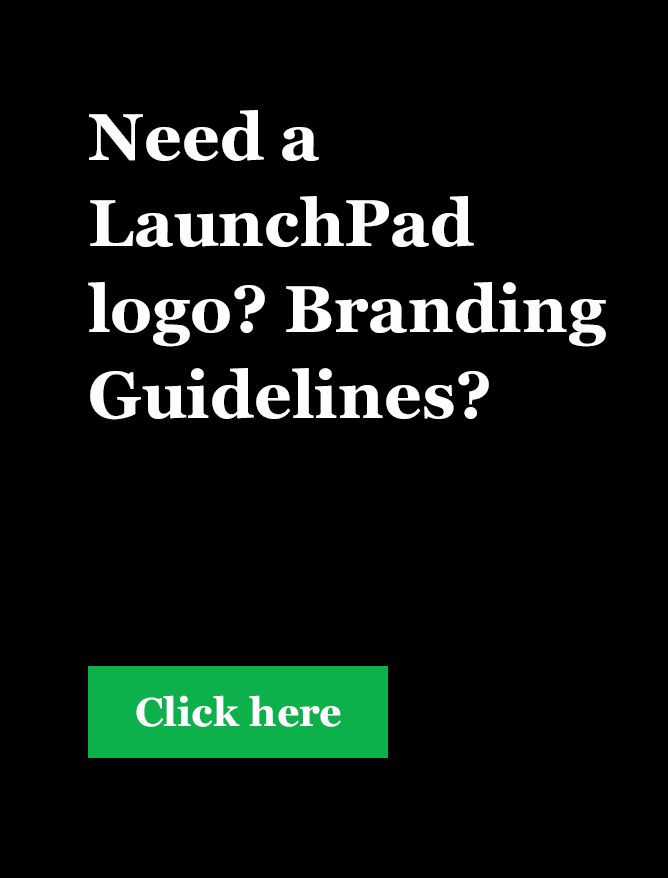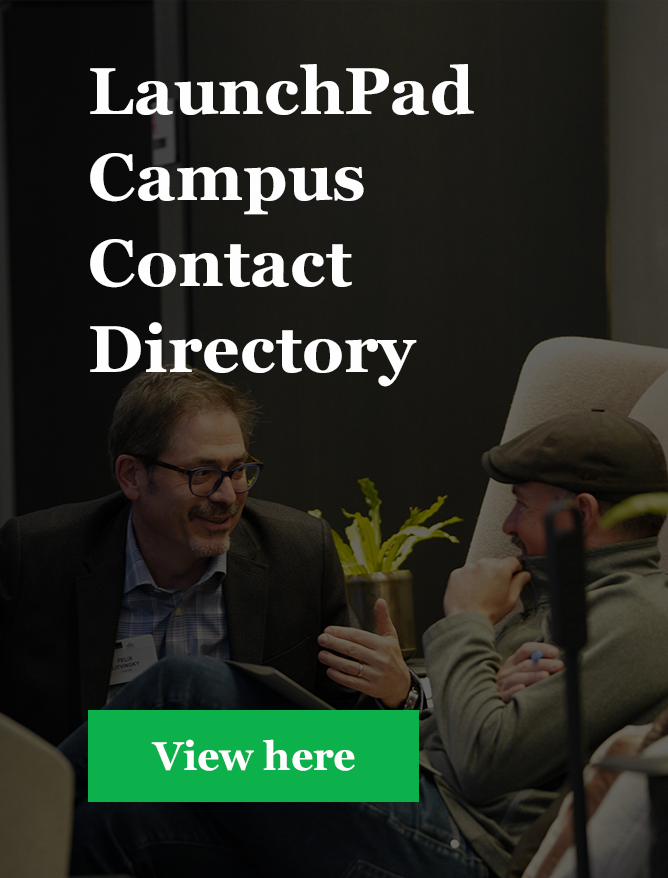Filled with energy and enthusiasm for a novel idea, many student entrepreneurs are confident they have an exceptionally positioned product. However, while they hopefully have an innovative idea, what we frequently find is that many founders have not thought carefully about how to efficiently, persuasively, and emotionally present their product or service to a specific audience. In the Position Your Product Entrepreneurs Toolkit module, Boulder Accelerator alum (and recovering marketing / PR executive) Dave Mandell presents how to describe pain points, build an emotional connection, describe how an idea is different and better, and why people should care. Critically, he finishes by helping founders simplify their product positioning. When your students are struggling to describe their idea, try the exercises below
What is product positioning?
While an elevator pitch tells an audience what a student’s startup does, product (or service) positioning tells an audience why they should care because of the values and benefits the student’s solution offers that uniquely solve the customer’s pain points. Positioning not only helps customers choose your student’s product or service, but actively defends it from competitors.
Use the Product Positioning to Maintain Focus and Test an Idea (Video Part 1)
Students may believe taking time to consider how to best position their product or service isn’t critical until preparing to sell or when they’re applying to an accelerator program. But this couldn’t be farther from the truth. A well-prepared explanation of what the idea is and why it is important serves two early-stage startup functions: First, it can help founders stay focused. When time and money are limited, strong positioning helps keep priorities clear and top of mind. (If what he or she is doing doesn’t prove the basic value proposition, they probably shouldn’t be doing it.) Secondly, figuring out the best positioning is an excellent way to test an idea. If no one reacts to how the student presents their product or service, either the presentation is bad, or worse, the solution needs work. Either way, positioning helps improve the success rate.
Positioning Framework (Video Part 4)
Product positioning framework focuses on five distinct areas:
- Target Market - specifically who the audience is your student is selling to.
- Pain Point - what is the specific problem(s) they are facing.
- Value Proposition - the solution and how it uniquely eliminates the pain point.
- Competitors - other companies, yes, but also what is competing for the potential customers’ attention or consideration of your student’s product.
- Differentiation - what makes their idea different from what exists elsewhere.
Pain Points: How Is Your Student Going to Help Their Customers (Video Part 2)
If your students begin explaining their product or service by describing what they do, they’ve already failed. That is the elevator pitch. Instead, for product or service positioning, they should focus on explaining how their idea solves the pain their customer is feeling. It may be helpful to describe the four primary types of pain: Financial, Productivity, Process, and Support.
- Financial pain points are when prospective customers are spending too much, or are not spending because it would cost too much, on a solution (and what they want can be provided at a lower cost). Example: Buying a car is too expensive for a student. How can he/she rent one for the specific day/time they need it for?
- Productivity point points are when prospective customers are spending too much time (and what they need can be provided more efficiently). Example: It takes too long to do laundry when a student has an exam tomorrow. What service be used to get that done?
- Process pain points are when prospective customers’ actions could be completed in a more effective manner. Example: Finding the course code, getting the book ISBN, comparing the cost… the process to get textbooks is too complex. What tool can be used that provides the text he/she needs, as easily as possible, when they need it?
- Support pain points are when prospective customers are not receiving the help they need to achieve their goals. Example: Career counselors are too busy to talk through my future options. Where can he/she speak to an industry-experienced mentor who can give them real-world advice on what they can do with different degrees?
Which of these types of pain points does your student founder’s idea address? Is he or she going to help their customer with the pain point? How do they describe this issue - and the solution?
Emotional Connection: (Video Part 3)
Nobody buys because of logic. They buy because of emotion and then justify the purchase with logic. Make sure your student begins positioning his or her product by vividly (perhaps even surprisingly, or shockingly) describing the specific pain their customers feel that their solution alleviates. This quickly creates a strong emotional connection. In Dave’s example, after following 10+ software product pitches at a property broker convention, he went on stage and declared, “I hate real estate!” He then went on to articulate why the existing options for brokers do not meet the needs of what their customers want. The audience, who had previously been completely zoned out and focused on their phones, instantly paid attention. They recognized that Dave understood their unique pain, felt his passion (emotion), and as a result were open to hearing the solution he offered to their challenges.
Research from 2015 published in the Harvard Business Review indicates that an emotional connection is a better gauge of the value a customer assigns to a business than any other metric - including brand awareness and satisfaction. Earlier research shows the greater impact emotional connection has on intent to buy - even over content - and customer loyalty.
When your students are considering how they can make an emotional connection in their product or service positioning, consider the following 10 high-impact emotional motivators (and encourage them to learn more about those that have the greatest impact in their specific industry segment):
STUDENT ACTIVITY #1:
Once you (and your students) have reviewed the content above and module videos, it is time to take advantage of the module worksheet. You can use this exercise to get students to commit time to consider and document their unique positioning (comprised of market, pain point, value proposition, competitors, and differentiation).
STUDENT ACTIVITY #2:
Now for the hard part: Simplifying the Pitch. As much as your students may want, they can’t say everything about their idea. They can’t even say everything in the positioning framework. In Video Part 5, Dave explains how a student can simplify their pitch to get the reactions they want from customers and investors. When your student thinks they have edited it down to the most succinct and impactful positioning statement, make sure the product positioning is attention-getting and challenge them to further improve it with the questions provided at the end of the worksheet:
- Are you connecting with your customer's pain points?
- Have you opened an emotional window?
- Do you share how you'll make their life better?
- Does every word need to be there?
- How can you make it shorter, simpler, more impactful?






